My fibromyalgia journey started with a single diagnosis years ago and has connected me with other fibromyalgia patients around the world. Unintentionally and unknowingly, I became a fibromyalgia advocate along the way. This is how I became a fibromyalgia advocate and you may be surprised to find out you are, too.
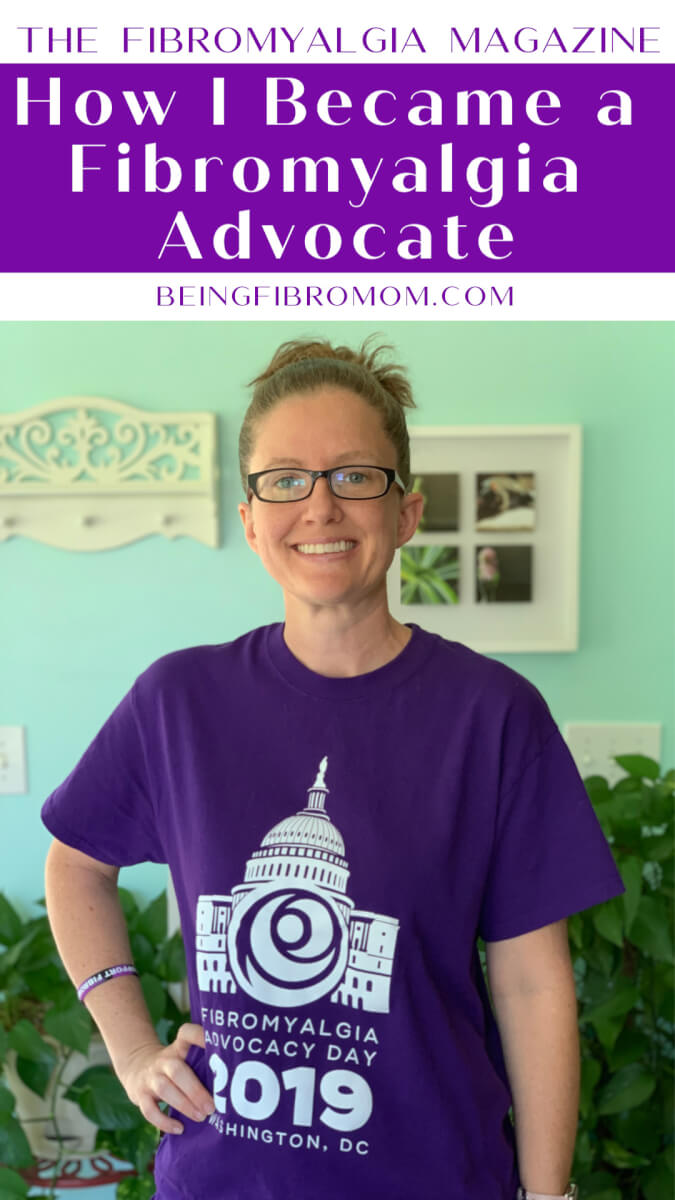
This article first appeared in The Fibromyalgia Magazine, September 2019. Get the digital copy of the magazine from Pocketmags.
It started with a diagnosis
When I was first diagnosed with fibromyalgia, it wasn’t the actual diagnosis that was most upsetting. Actually, after fighting various symptoms for six long years and being told nothing was wrong with me, receiving a diagnosis was an immediate relief. I finally knew what was happening to my body and I could use that knowledge to arm myself with ways to become well again.
What was the most upsetting was the lack of resources available to support members of the fibromyalgia community. In order to start my journey of healing, I needed to know more about the condition itself, and, more importantly, how it would affect my life and my family. Life with any chronic illness does not stop with the person living with it, but rather branches out to affect their loved ones as well.

Unable to find answers
Information about fibromyalgia was years outdated regardless of where I checked – the Centers for Disease Control, various health sites, national and international fibromyalgia organizations, and nonprofits. Each time I checked, searching for answers to help my family and me, I walked away feeling disappointed, deflated, and dejected. I didn’t know where to turn for help.
Not only was information outdated, but communication from these same sources was severely lacking. Countless emails, messages, and social media posts I sent were ignored each and every time. The only time I received any acknowledgment was when I donated money to one national fibromyalgia nonprofit organization (name omitted intentionally). It was a simple ‘thank you for your money’ then *poof* they disappeared again.

These organizations claiming their mission was to support me in the wake of my new diagnosis were severely lacking in their communication and resources. My hope was that a monetary donation would get their attention enough to get an answer from them. Money shouldn’t determine whether or not it would help an individual, especially when an organization is there primarily to do just that – help others living with fibromyalgia – but I was desperate.
Fired up for change
For years following that exchange, I stopped donating my money to an organization that refused to help the people it claimed to be helping. It feels horrible to be in dire need of resources when you’re struggling and to continually turn up empty-handed, even after donating to the very organization designed to help. To have an organization turn its backs on me after giving what little money I did have was the ultimate rejection.
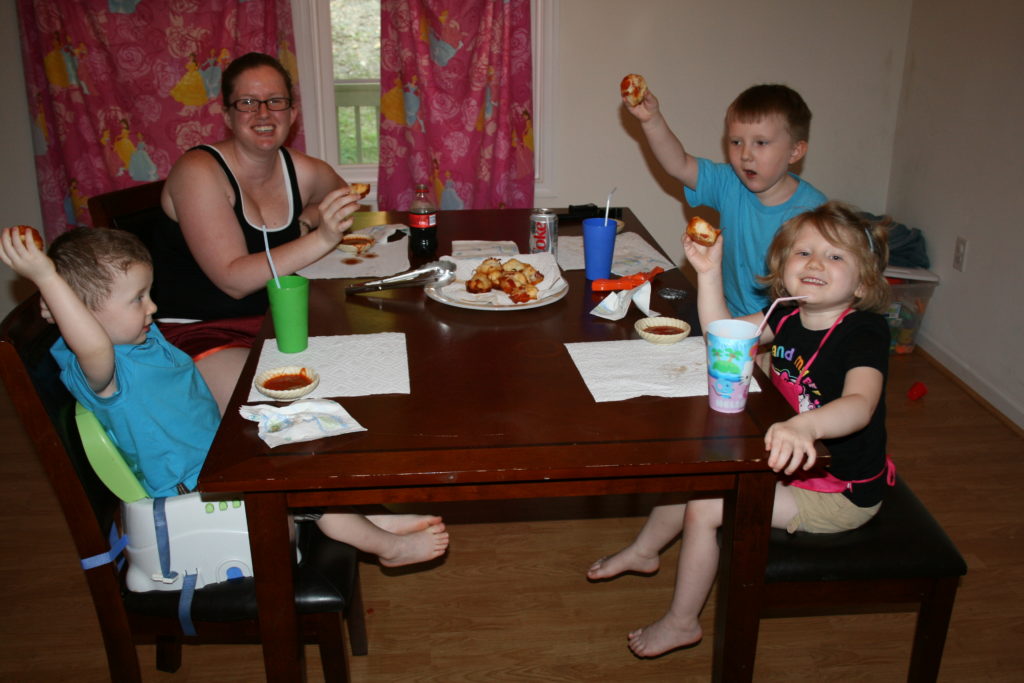
The act of them taking my money and then ignoring my cry for help made me feel a certain kind of way, and it wasn’t the warm and fuzzies, I’ll tell you that. I was angry. Disappointed. Let down. These feelings sparked a fire within me to change the way things were, and the flames grew over the years. I figured if there wasn’t a way for me to get help from others, then I was going to be the one to do the helping.
How do I help others?
In the beginning, I didn’t know how I could help others, so I simply did what I could do – write about my experiences. I wasn’t really sure which direction I would go with it, so I just wrote and wrote. I wrote about my symptoms, how it affected my kids, my inability to carry out everyday tasks, and more. My anxiety and depression would no longer hide inside, silent and alone, but rather would be out loud and in the world for others to see.
I was hurting, and I wanted to take that hurt and turn it into help for another person in whatever way that manifested. It wasn’t always easy showing the other side of me. The other side of fibromyalgia that I was accustomed to hiding for so many years. It was definitely a step out of my comfort zone and left me vulnerable to the world.
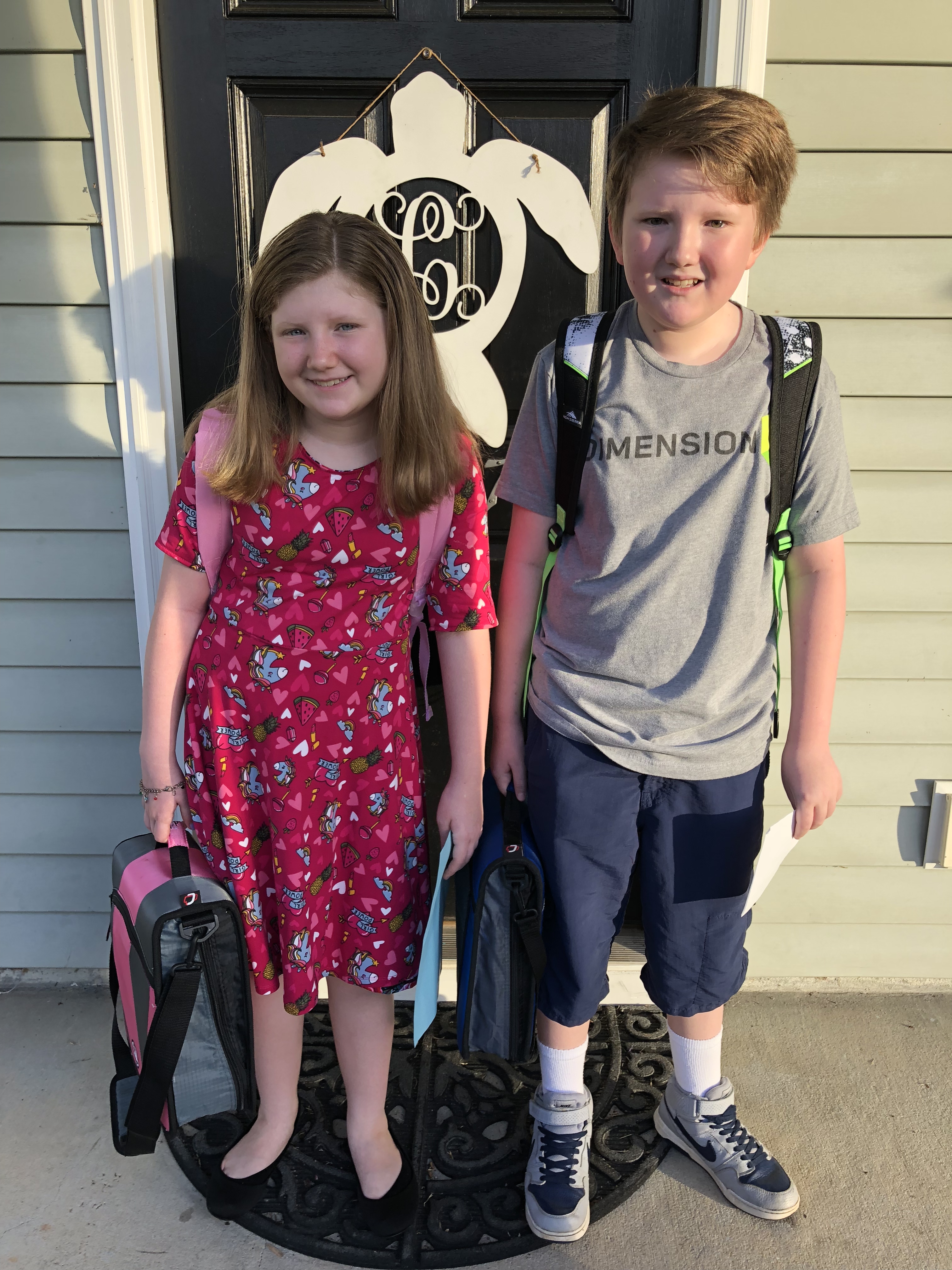

How I Became a Fibromyalgia Advocate
Being Fibro Mom is born
The writing of my blogs, Being Fibro Mom and My Fibro Journal, has been therapeutic to me over the years. Other fibromyalgia patients have reached out to me on countless occasions to tell me how sharing my story has helped them in some way. In one instance, a lady refused to tell anyone about her fibromyalgia diagnosis – even hid it from her spouse – but took comfort in knowing she wasn’t alone in her feelings of hopelessness, confusion, and suffering.
I don’t know if she ever told her husband or loved ones about her diagnosis. It’s my hope she did, but just knowing she connected with my experience and gained some sort of comfort from it was worth every vulnerability I felt while writing it. Years later I realized that what I was doing – helping others with their fibromyalgia diagnosis – had a word. One simple and impactful word: advocacy.
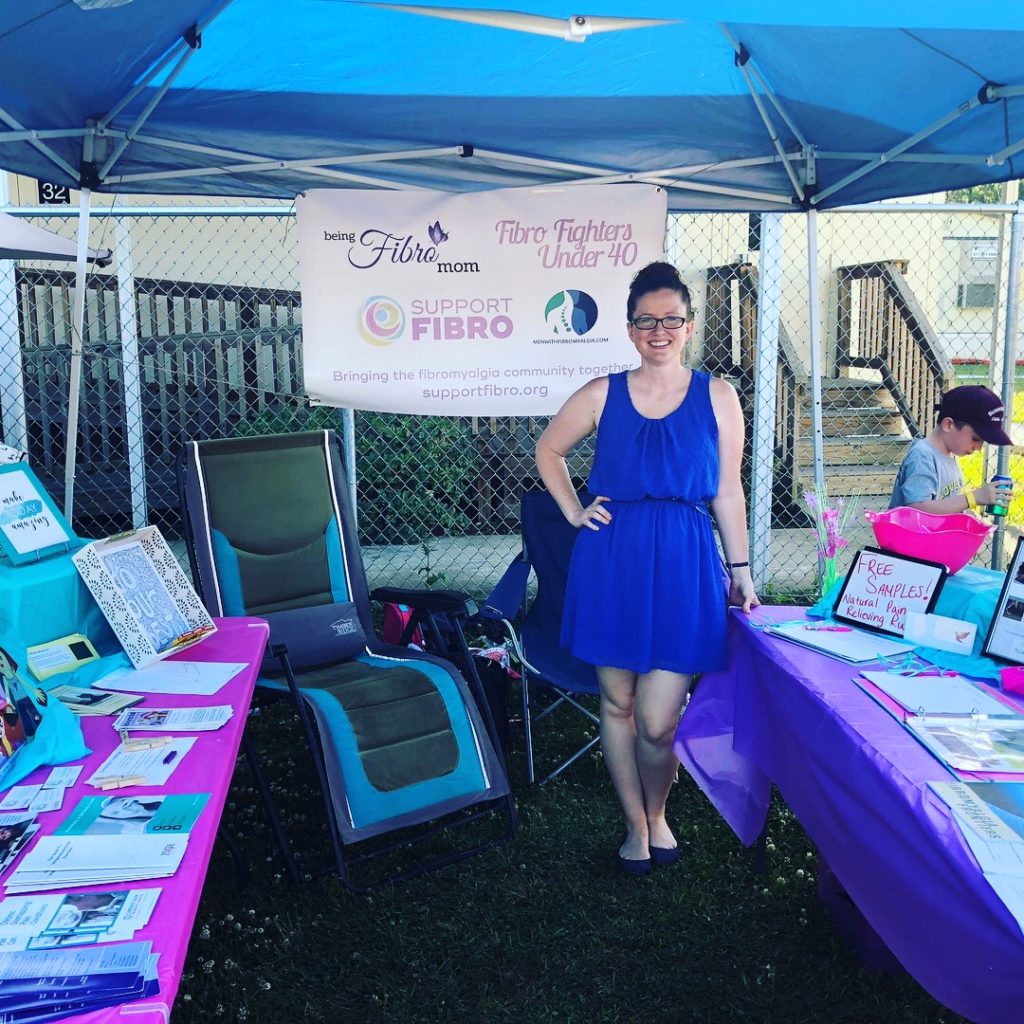
Advocacy.
Such an empowering, action-packed word. Full of purpose. Swollen with endless opportunities and possibilities. A word that can single-handedly improve the lives of millions for countless reasons. Its versatility of use makes it accessible to anyone at any time in any place. Whether the degree of use is small or large, it’s the collective impact is equally as powerful and meaningful.
Because of its dynamic impact, there’s a misconception of what defines an advocate – a person who enacts and drives advocacy to its potential – that some sort of experience or training is required to be one. The fallacy of what defines an advocate leads others to believe they cannot advocate or be involved with advocacy in any way. The opposite is true.

You could be a Fibromyalgia Advocate already!
Because of its dynamic nature, advocacy can take many forms. Whether someone is sharing their story of how fibromyalgia affects their life, or they are on the steps of our nation’s capital initiating legislative change, or anything in between, these are forms of advocacy and they all matter.
It doesn’t matter the reason for advocacy or what form it takes as long as it is all done in the hopes of improving the quality of life for another. This is what advocacy is all about – stepping outside our circle of comfort in order to make life better for others. A person doesn’t need to have experience, training, or connections to be an advocate.
Advocates come from all walks of life, backgrounds, and experiences. They live in cities, suburban, and rural areas all over the world. Some are living with fibromyalgia and others are caregivers of those living with fibromyalgia. And others neither live with fibromyalgia or care for someone with fibromyalgia, but are in support of fibromyalgia patients in some capacity and do what they can.
See all the photos and behind the scenes of Fibromyalgia Advocacy Day 2019.

Advocacy is ACTION
The fibromyalgia community needs a change. More importantly, it needs more people willing to be that change. There is a myriad of people struggling with fibromyalgia right at this very moment, and they are searching for help in whatever way they can get it. They need help and help for our community is lacking on so many levels – communication, resources, guidance and more.
So let’s put aside this notion of having to fit a certain mold to be an advocate in order to make a change in the fibromyalgia community. Think about what action you can take to help another. Possibilities include (but are not limited to):
- Sharing your story of living with fibromyalgia or caring for someone with fibromyalgia.
- Encouraging local leaders (city/county government leaders) and public officials to become involved with the change. Some ideas include them sharing a post on social media or declaring an official fibromyalgia awareness day.
- Sharing information about upcoming fibromyalgia events, support groups, or other fibromyalgia advocates.
- Participating in Advocacy Day for fibromyalgia.
- Talking to your local radio and/or news station about sharing information about fibromyalgia, fibromyalgia awareness month/day, or upcoming fibromyalgia events and support groups.
If you are still uncertain about how you can get involved, please feel free to reach out to me. You can also contact the International Support Fibromyalgia Network to ask how you can become involved in Advocacy Day for fibromyalgia, or in whatever way is possible for you. Remember, any amount of time – a little or a lot – can make a difference.

More about Support Fibromyalgia
The International Support Fibromyalgia Network (ISFN) is a non-profit community dedicated to fibromyalgia education, research, and providing inspiration for the fibromyalgia community. The team at ISFN believes everyone deserves positive healthcare experiences and with the help of our leadership team members across the country, we’re reshaping the landscape of healthcare education and expanding local resources. Learn more on the Support Fibro website.
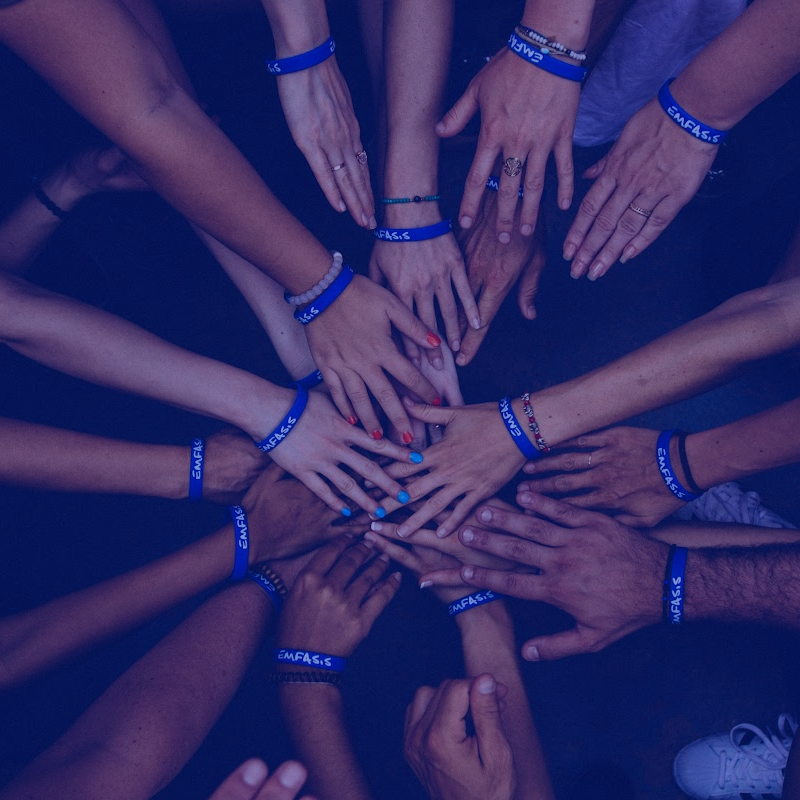
Interested in Advocacy for Fibromyalgia?
Advocacy comes in various forms and anyone can do it. Most likely you’re already an advocate and don’t even know it. Learn about all the advocacy work that has been done in the fibromyalgia community.

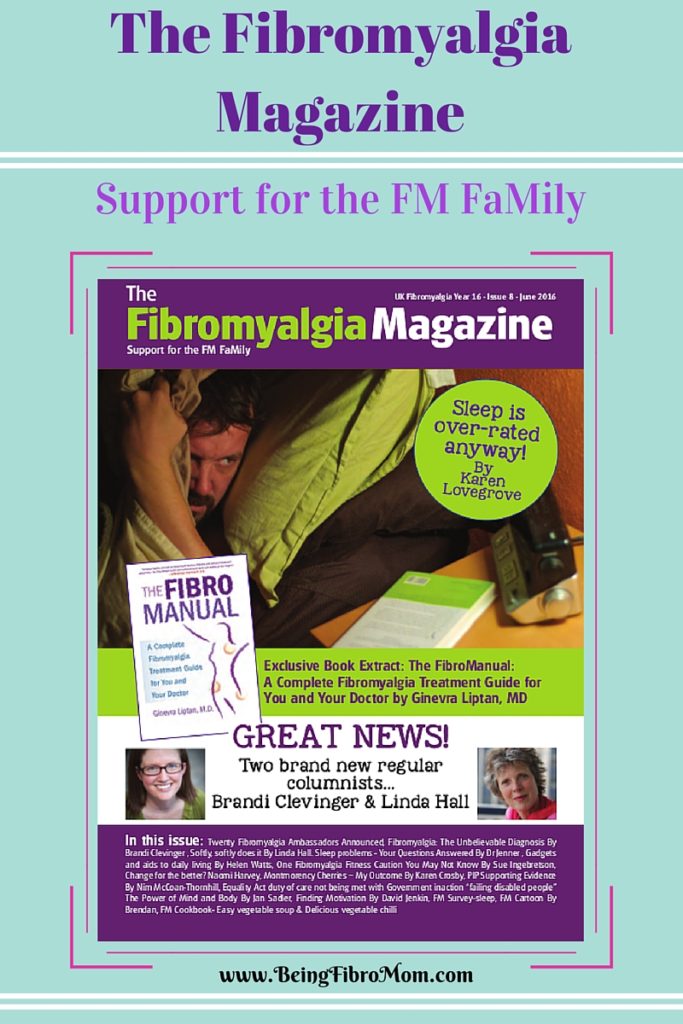
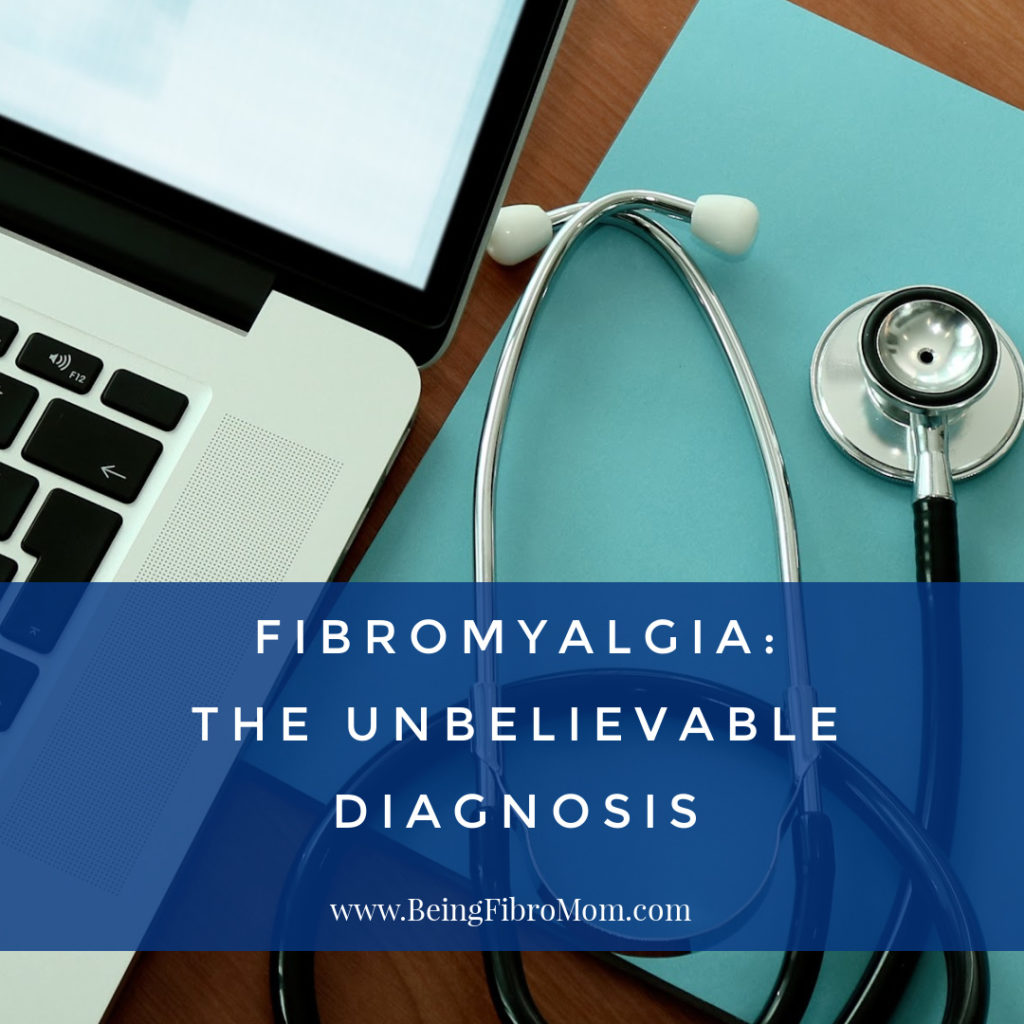
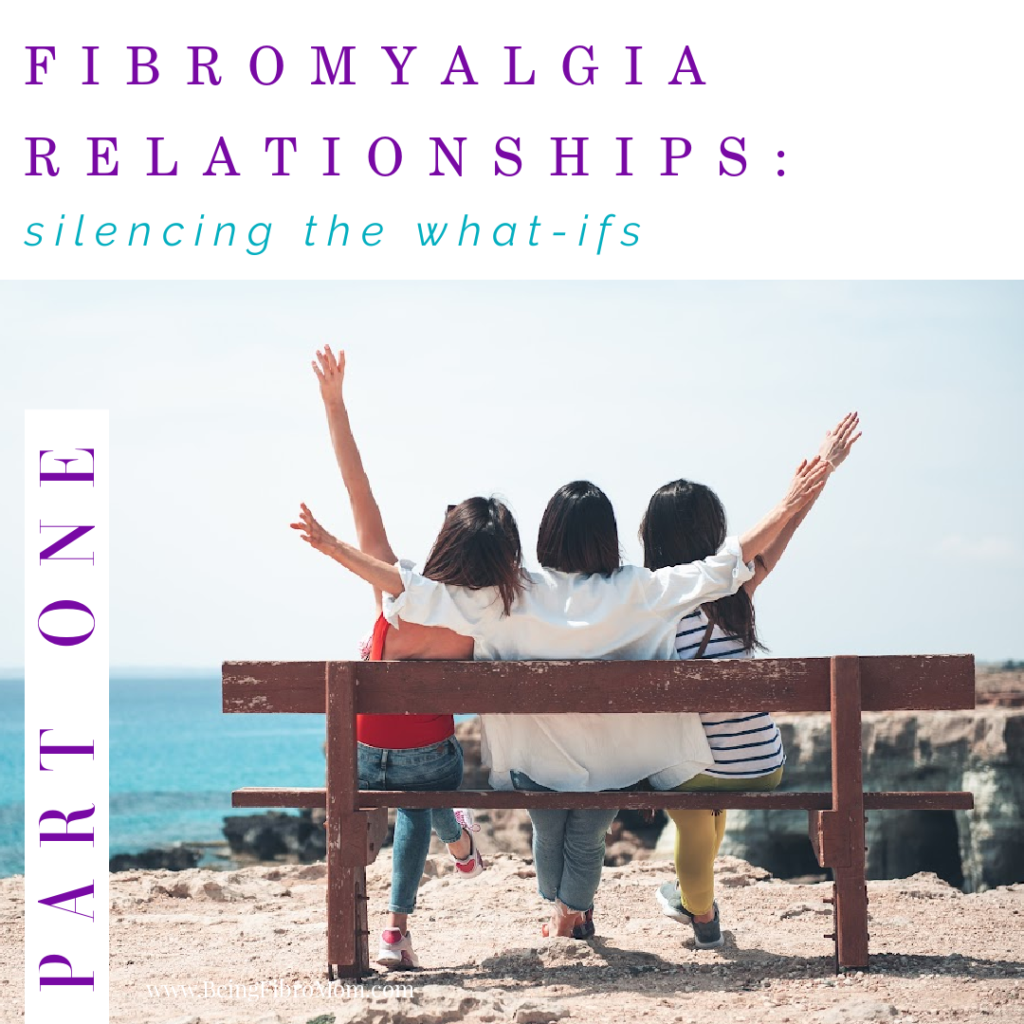
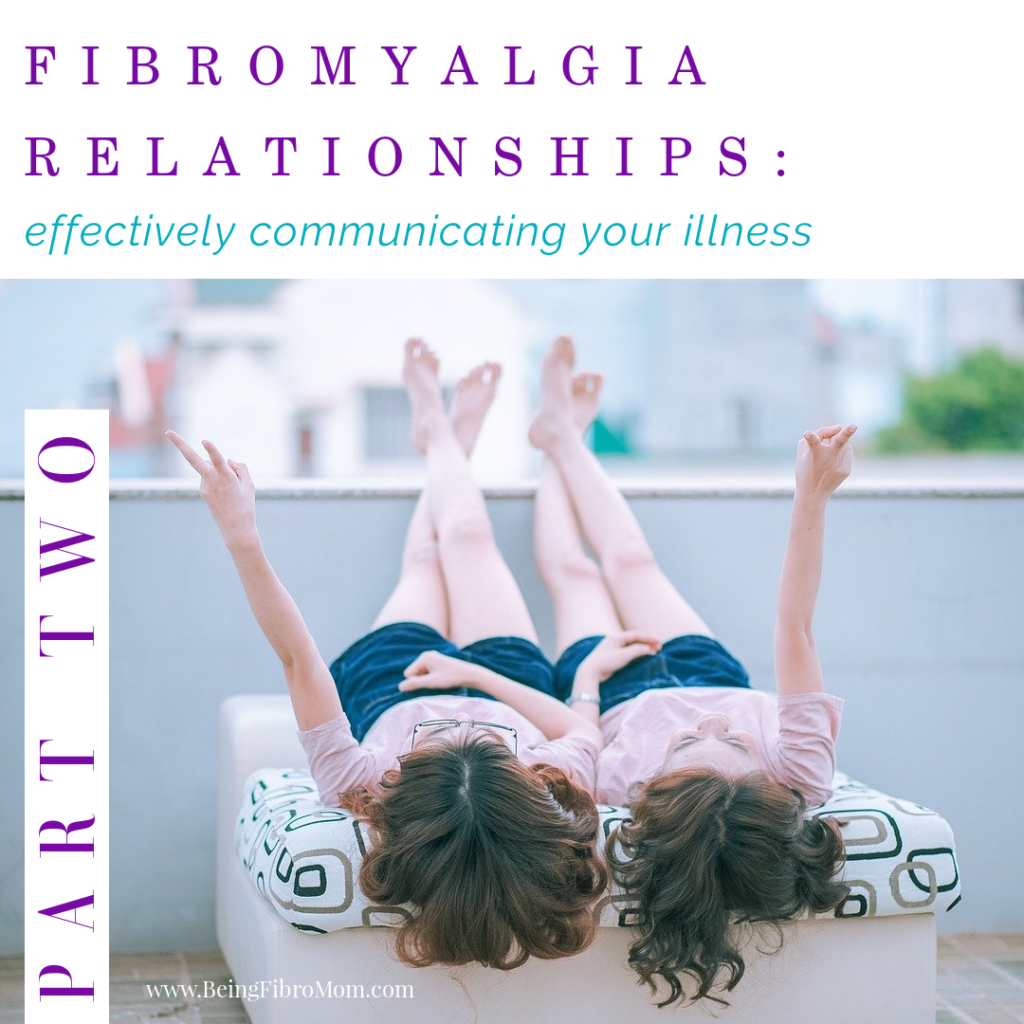
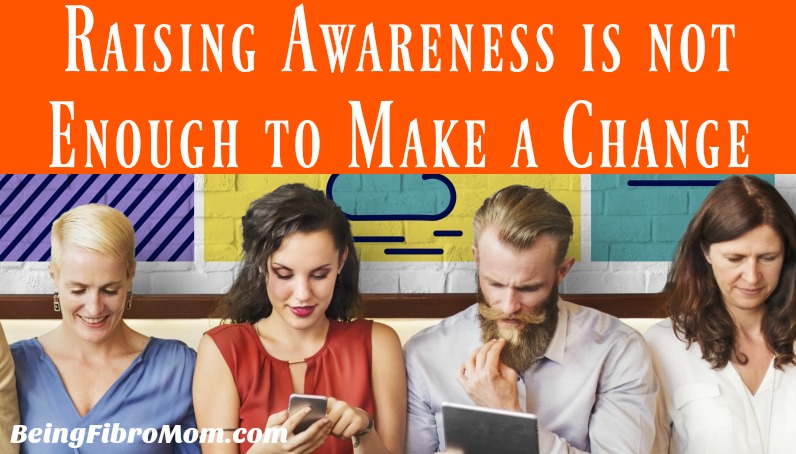
Thanks for this post! I was diagnosed with fibromyalgia a year ago and trying to find my way. Living in a small town in Alaska makes it challenging to know where to go for help, but God’s help and strength are sustaining me.
I’m so glad it was helpful for you! If there’s anything else you have questions/concerns with in regards to fibro, please reach out to me. The Support Fibromyalgia Network is also helpful for resources. Their website is http://www.SupportFibro.org and can be found on Facebook at Facebook.com/supportfibro
Hi Brandi!
I would really like to get in touch with you. I feel God wants me to be an advocate for fibro and my pcos. Something I have been struggling with as a single mom for many years alone. I have so many daily issues with my fibro as well. Any way we could get in touch would be amazing.
Thank you, Courtney! I sent you an email.